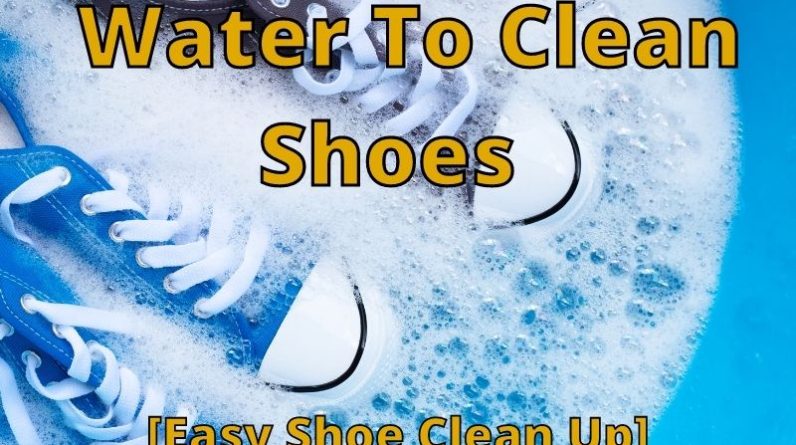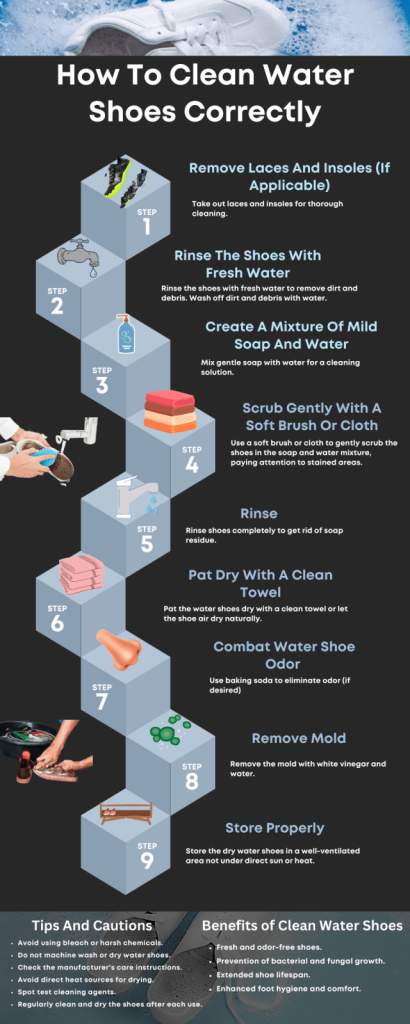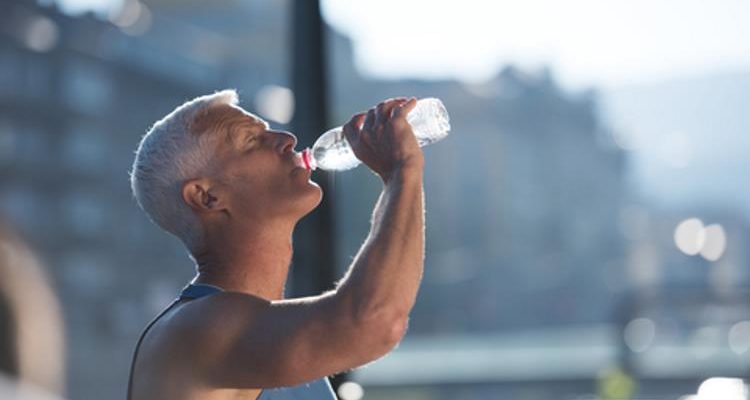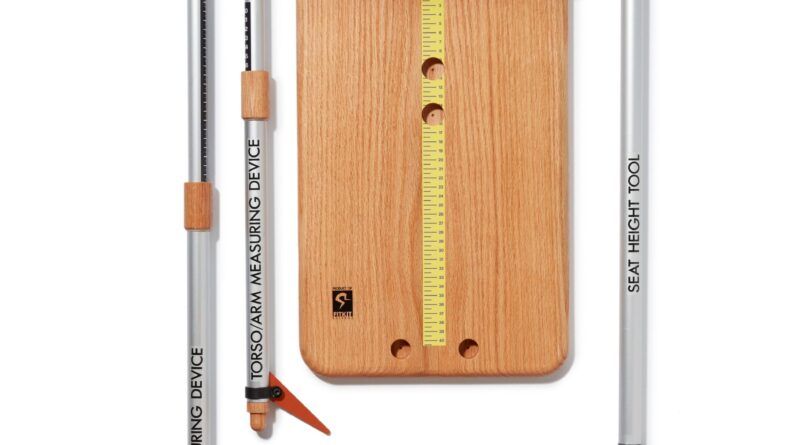
If you’re someone who loves to explore the great outdoors or spends a lot of time by the water, then you understand the importance of having a reliable pair of water shoes. Not only do they provide protection and comfort, but they also need proper cleaning and maintenance to ensure they last for many adventures to come. In this article, we will share essential tips to help you keep your water shoes clean and in top-notch condition, so you can take on any water-based activity with confidence. So, let’s dive right in!

This image is property of i0.wp.com.
Cleaning Water Shoes
Removing Dirt and Debris
When it comes to cleaning water shoes, the first step is to remove any dirt and debris that may be stuck on the surface. You can do this by gently scrubbing the shoes with a soft brush or a cloth. Make sure to pay attention to the areas where dirt is often trapped, such as the grooves or the soles. By removing the dirt and debris, you not only keep your water shoes in good condition but also prevent any clogging or damage to the drainage holes.
Rinsing with Water
After removing the dirt and debris, it’s vital to rinse your water shoes thoroughly with water. This step helps to get rid of any remaining dirt or cleaning agents that you used during the previous step. Use lukewarm water and make sure to rinse both the exterior and interior of the shoes. Pay extra attention to the soles and insole to ensure a complete wash. Remember to rinse out any pebbles, sand, or seaweed that may have gotten lodged in the drainage holes.
Removing Odors
Water shoes can often develop unpleasant odors due to moisture and bacteria buildup. To combat this, you can use simple ingredients found in your kitchen pantry. One effective method is to mix equal parts of water and vinegar in a spray bottle. Spray the solution inside the shoes and allow it to sit for a few minutes. Afterward, rinse the shoes thoroughly with water to remove any vinegar residue. Another option is to sprinkle baking soda inside the shoes and leave it overnight. Baking soda acts as a natural deodorizer and absorbs any odor-causing bacteria. Remember to shake out the excess baking soda before using the shoes again.
Washing in a Machine
If your water shoes are machine washable, you can choose to clean them in a washing machine. However, it’s essential to check the manufacturer’s instructions before proceeding. Place the shoes in a mesh laundry bag or pillowcase to protect them from getting tangled or damaged in the machine. Use a gentle cycle with cold water and a mild detergent. Avoid using bleach or harsh chemicals, as they can potentially damage the shoes. Once the cycle is complete, remove the shoes from the machine and air dry them thoroughly.
Drying Properly
After cleaning your water shoes, it’s crucial to dry them properly to prevent any mold or mildew growth. Start by removing any excess water from the shoes by patting them gently with a towel. Next, stuff the shoes with crumpled newspaper or clean, dry towels. This helps to absorb moisture and maintain the shape of the shoes while they dry. Place the shoes in a well-ventilated area away from direct sunlight or heat sources. Avoid using a hairdryer or placing them near a heater, as excessive heat can damage the materials. Allow the shoes to air dry completely before storing or wearing them.
Maintaining Water Shoes
Inspecting for Damages
Regularly inspecting your water shoes for damages is an essential part of their maintenance. Look for any signs of wear, such as frayed stitching, loose soles, or cracked materials. Pay close attention to areas that are exposed to frequent stresses, such as the toe cap or the heel. By identifying and addressing damages early on, you can prevent further deterioration and prolong the lifespan of your water shoes.
Repairing Small Tears or Holes
If you come across small tears or holes in your water shoes, don’t worry! These damages can often be repaired at home with simple tools and materials. One option is to use a strong adhesive, such as shoe glue or fabric glue, to carefully glue the damaged area back together. Make sure to follow the instructions provided with the glue and allow sufficient drying time. Another method is to patch the tear or hole with a durable fabric patch. Cut a piece of fabric slightly larger than the damaged area and secure it with fabric glue or hand stitches.
Replacing Insoles
Insoles play a crucial role in providing comfort and support in water shoes. Over time, they can become worn out or lose their cushioning properties. If you notice that the insoles of your water shoes are no longer providing the necessary support, it may be time to replace them. Many water shoe brands offer replacement insoles that are specifically designed for their models. Alternatively, you can purchase generic insoles that match the size and shape of your shoes. Simply remove the old insoles and insert the new ones for renewed comfort and support.
Storing Correctly
Properly storing your water shoes when they are not in use is key to maintaining their condition. Before storing, make sure the shoes are completely dry to prevent any mold or mildew growth. Find a cool, dry place to store them, away from direct sunlight or extreme temperatures. It’s a good idea to store them in a breathable bag or shoe organizer to protect them from dust and potential damage. Additionally, ensure that the shoes are not stacked on top of each other, as this can cause misshaping or deformities over time.
Avoiding Extreme Temperatures
Water shoes, like any other footwear, are susceptible to damage from extreme temperatures. Avoid exposing your water shoes to excessive heat or direct sunlight, as this can cause the materials to warp, fade, or crack. Similarly, extreme cold temperatures can make the shoes stiff and brittle, leading to potential breakage. It’s best to store your water shoes in a climate-controlled environment and avoid leaving them in a hot car or freezing them in the winter. By maintaining a moderate temperature for your shoes, you can ensure their longevity and optimal performance.
In conclusion, cleaning and maintaining water shoes is essential to ensure their longevity and performance. By following these best practices, including removing dirt and debris, rinsing with water, removing odors, washing in a machine (if applicable), drying properly, inspecting for damages, repairing small tears or holes, replacing insoles, storing correctly, and avoiding extreme temperatures, you can keep your water shoes in top shape for all your water adventures. Remember, a little care and attention go a long way in preserving the quality and functionality of your water shoes.

This image is property of i0.wp.com.



